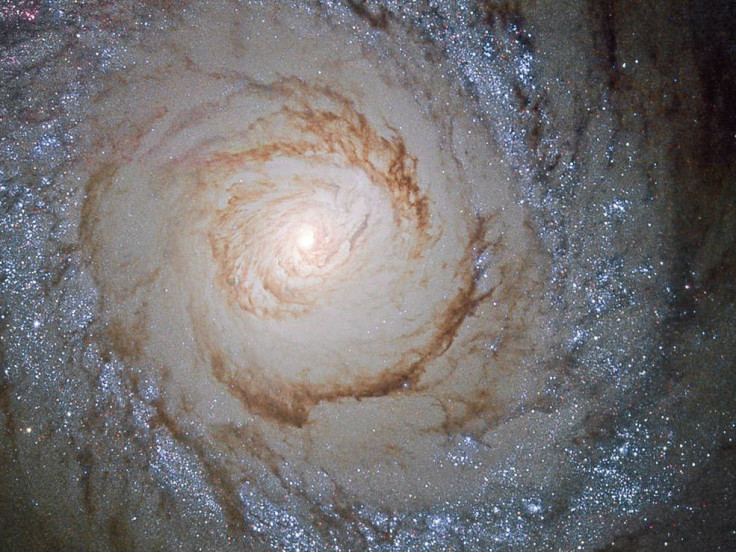ESA, NASA Share Photo Of Galaxy With Active Star-Forming Region

KEY POINTS
- NASA and ESA shared a photo of the Messier 94 galaxy
- Pressure from the galaxy's center creates new star formations
- Messier 94 lacks dark matter
The Hubble Space Telescope of NASA and the European Space Agency recently shared a photo of the Cat’s Eye Galaxy. According to the agencies, this galaxy is known for its high rate of star formation.
The galaxy featured in Hubble’s photo, which was shared on Instagram, is known as Messier 94. It was first discovered by French astronomer Pierre Mechain in 1781 and is located within the constellation Canes Venatici, which is about 16 million light-years from Earth.
Originally, Messier 94’s diameter was believed to be about 30,000 light-years. But through a recent discovery, astronomers learned that the galaxy actually has two faint arms that extend into space, causing its overall diameter to triple.
As seen in Hubble’s photo, Messier 94 is surrounded by a bright cosmic ring. According to NASA, this region is very active in terms of star formations. As explained by the agency, stars are born in the ring most likely due to the pressure wave that flows away from the galaxy’s center.
“New stars are forming at a high rate within the bright ring,” NASA explained in a statement. “This region is known as a starburst ring. The cause of this peculiarly shaped star-forming region is likely a pressure wave traveling outward from the galactic center, compressing the gas and dust in the outer regions.”
As the gas, dust and other cosmic materials get compressed inside the clouds within the starburst ring, gravitational forces pull them in even closer. This increases the temperature and pressure within the clouds up to a point that stars are born.
Aside from its star-forming region, Messier 94 is also known for its lack of dark matter, which is a type of matter that accounts for about 85% of all materials in the universe. Because of this, the galaxy is often used as the main focus of various studies.
“[Messier 94] is also notable for its deficiency of dark matter relative to other galaxies,” NASA explained. “Astronomers do not know why it lacks the normal amount of dark matter, but the galaxy has been the subject of extensive study as a result.”
© Copyright IBTimes 2025. All rights reserved.





















